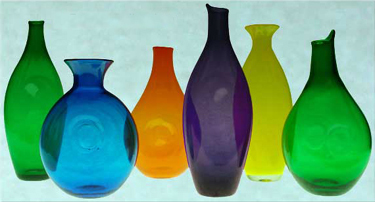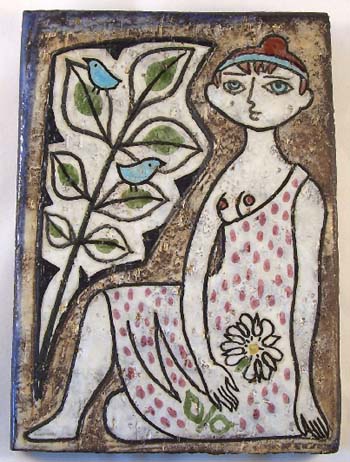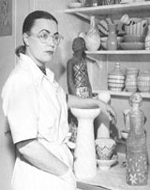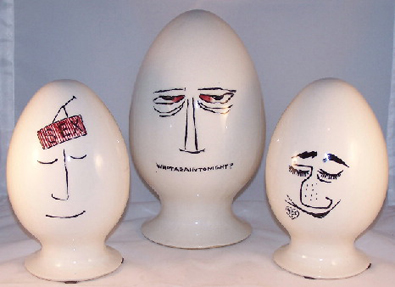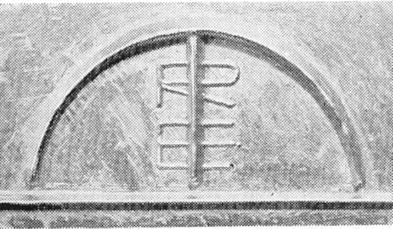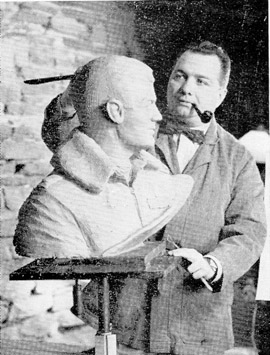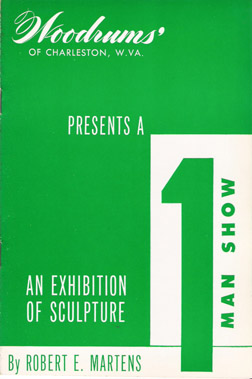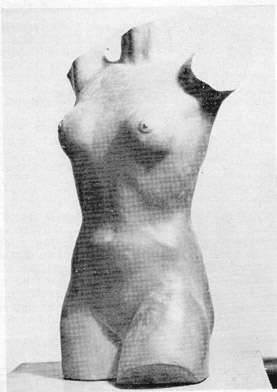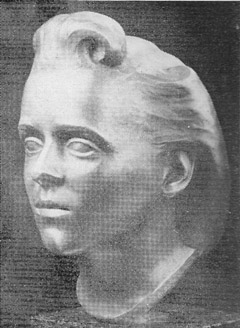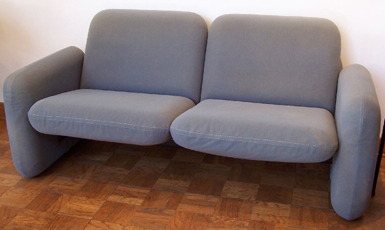The United Carbon Building (now called Boulevard Tower) opened with a public ceremony on October 17, 1941 and was described by the Charleston Gazette as a “streamlined landmark of a greater Charleston.”
Designed by Walter Martens, with assistance from Eliel Saarinien, it is a steel-framed building sheathed in a smooth, unornamented shell of gold-colored brick, black steel and glass. The base of the building is faced with black granite, alberene stone and bronze trim, with a principal entrance portico on the corner. The building was commissioned in 1939 as the national headquarters for the United Carbon Company, which occupied the ninth through the twelfth floors until 1950.
The offices of the United Carbon Company were originally furnished with wall hangings and window curtains designed and woven by Loja Saarinen, wife of Eliel Saarinen and instructor at the Cranbrook Academy. This project’s connection to Cranbrook was facilitated by Robert Martens, Walter’s son, who attended the school during the United Carbon Building‘s design.
On the outside corner of the portico stands a bronze statue of a man bearing the inscription, “From the Fullness of the Earth.” Along with the figure are bronze plaques representing various industries which were also sculpted by Robert E. Martens.
Robert Martens explained to the Charleston Daily Mail on October 17, 1941 that the figure “represents a workman, not definitely a laborer, nor a chemist, nor an office man. A figure of vision but also a man who by sweat and toil is taking the ingredients from the earth and processing them into useful finished products.”
Still a landmark today, The United Carbon Building was placed on the National Register of Historical Places in 1994.
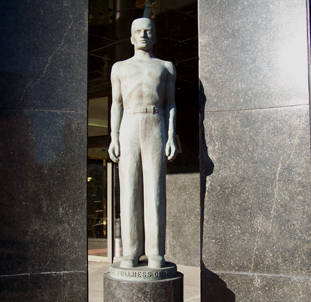
United Carbon Man – Robert E. Martens – Bronze – 1941
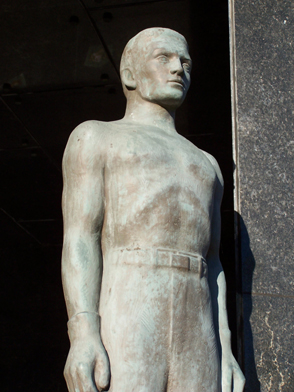
“From the Fullness of the Earth”
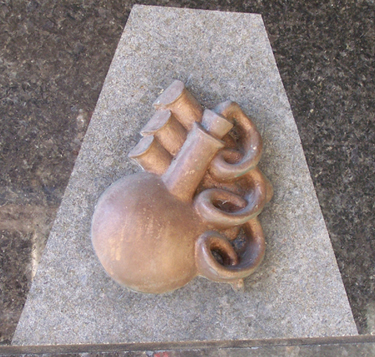
Chemistry Plaque – Robert E. Martens – Bronze – 1941

The United Carbon Building (now Boulevard Tower) – Martens and Son-Architects – 1941
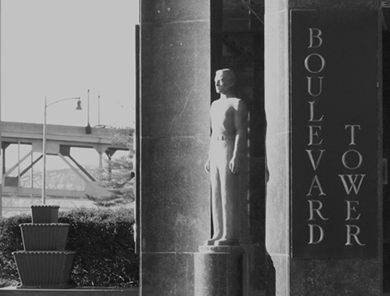
United Carbon Man standing guard today.




